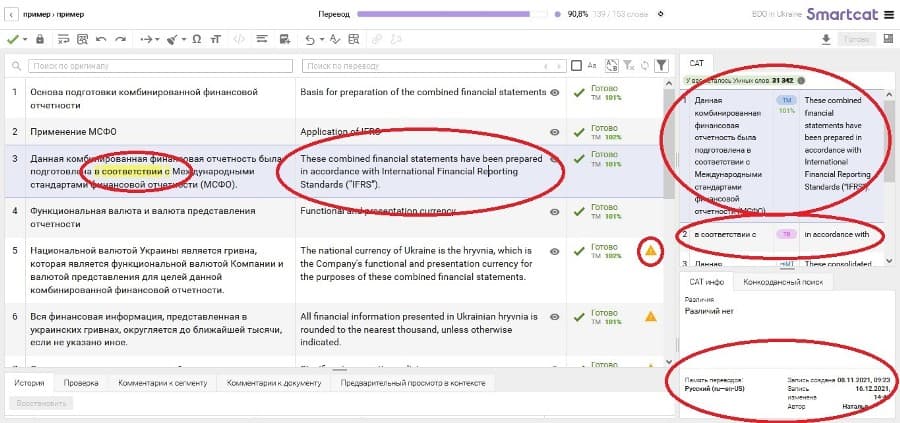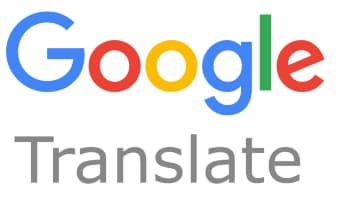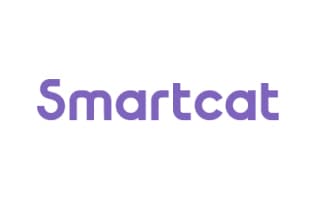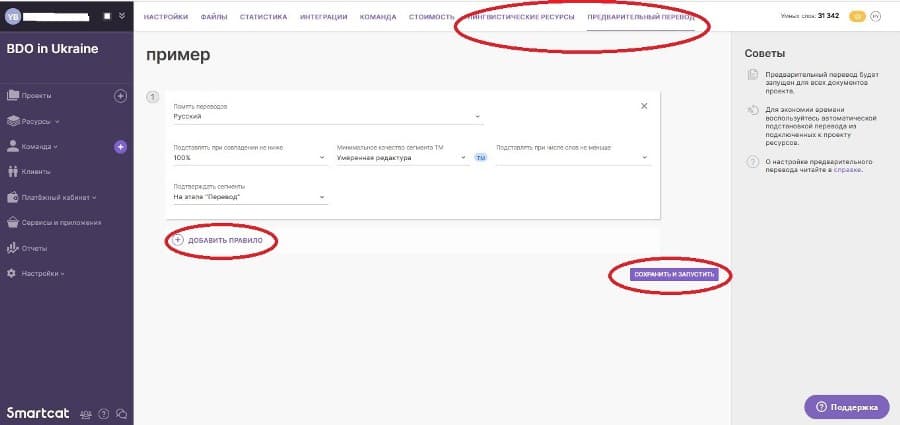BDO in Ukraine automates translation process: success story of Smartcat implementation
BDO in Ukraine automates translation process: success story of Smartcat implementation
Natalia Garbuz, Head of Data Processing Department at BDO Ukraine
Just 20 years ago, a printed dictionary was the main translator's tool. It could take half a day to translate 1 page of text, and even more — to translate a field-specific one. Attempts to create software for translators go back to the 60s of the last century. The first translation software tools were primitive, included a maximum of 250 words and did not make the translator's work much easier.
Trados software originally released in 1992, enables to create a translation memory and use it in standard documents. Translation memory is a database, in which all previous translations are stored. It enables not to waste time, translating standard documents, but simply substitute a fragment that has already been translated.
In 2006, Google Translate was launched — a free machine neural translation expected by people, speaking different languages in the world. Supporting more than 100 languages, Google's imperfect, sometimes funny translation, however, has become a huge help for users of different levels.
Professional translation still was framed within the resources that have existed for the last decade. In 2012, the development of Smartcat cloud service began to help translators and project managers. The root technology of the system is CAT tool (Computer Assisted Translation) — a comprehensive solution for translators that really accelerates and facilitates their work by segmenting the original language and translation. CAT tool demonstrates matches from translation memory, provides machine translation, glossaries, as well as a history of segment changes, mistakes made, etc.

Work profile of BDO translation department is high season and standard documents. When choosing a translation tool, we were guided by these benchmarks. We studied the market during several weeks. It was important for us that not only translation department could use the functionality, but also every department of our company, where document templates are wide-spread.
Translation memory, machine translation from several vendors (for example, DeepL), possibility of using 1 corporate account by a large number of employees, as well as working in a separate account, creation of thematic glossaries, preservation of document formatting after uploading — Smartcat provides all these functionalities.
Popular tools as Trados, for instance, require that software should be installed on every computer, which implies additional costs and precludes the possibility of parallel remote work of several employees on one project. In addition, we have already worked with this software and remembered that the format of an original document was always changed after exporting. It is unacceptable for us, factoring in the strict formatting parameters adhered to the internal visual identity policy.
When choosing the translation management system, we considered the following factors: interoperability, editing, translation memory development, autonomy, transparency. Smartcat is particularly appropriate for these functions. It is possible to work in the system from a personal account and from a corporate one. In view of the specific of auditing terminology, regulated by the standards on auditing, accounting and financial reporting, it was important for us to have the glossary functionalities. However, part of the translation tasks of the company is not constrained by the rigidity, but is quite creative. And that is where the advantages of machine translation of well-known platforms come to the aid.
Translation memory, machine translation from several vendors (for example, DeepL), possibility of using 1 corporate account by a large number of employees, as well as working in a separate account, creation of thematic glossaries, preservation of document formatting after uploading — Smartcat provides all these functionalities. Moreover, it is a cloud service, which is essential for compliance with the company's cyber- and data security policies.
 |
 |
 |
Before the subscription to annual software package, we tested the software, which took us two weeks. It was a task to translate a large document with a strict deadline. We coped with this double challenge and by the time we subscribed the full functionality package, we were familiar with the basic principles of work and even created a small translation memory and several glossaries.
It should be noted that the system generates translation memory and creates glossary only if advanced settings are included at the project creation stage. But any parameters set during the project creation can be easily changed during the work thereon.

It was an unexpected pleasure when a week later we saw the unprintable chars displayed. Such customized service is an undoubted bonus of using the product.
Creating a translation memory requires certain skills and understanding. It would have taken us more time to plumb the depths of the process without technical support and demo version of the software. The second challenge was using of Word documents that we already had as translation memory. Integration of such files into the software is possible only through the so-called aligners — programs that convert a document into a bilingual TMX format, which can afterwards be used as a translation memory. But we could not find such aligners that would fully comply with our privacy principles. For this reason, first standard projects were translated from the beginning. But time and effort spent were worth doing it, because the translation memory expanded and facilitated the work on each subsequent project.

You will not be left alone with a technical problem, if any. The support service always finds a way to accommodate requests if something goes wrong. It is encouraging to see that the support service not only helps you solve current problems, but also considers client wishes. It was the case, when we noted the inconvenience due to the lack of unprintable chars in segments into which the text is divided. The system then generates an error message, indicating that there was more than one space in the segment, but it was visually difficult to identify it. It was an unexpected pleasure when a week later we saw the unprintable chars displayed. Such customized service is an undoubted bonus of using the product.

Furthermore, we needed to provide access to a corporate account for our employees, meaning that, having received extended access, everyone could use the full functionality. Since there were about 70 applications for getting access, the support service assisted us. Applicants just had to specify their email and username, and generate a password.
With Smartcat, a user spends, on average, 27% less time on translation. The quality of translation is also improving. There is no need to manually enter new information into the template, exposing the translation to omissions and distortions. The system will do it itself and simply will not “skip” the segment with inconsistencies.
We held a corporate meeting where we talked about all the advantages of working in the system, presented a video with a detailed training deck. In addition, we organized several meetings for employees with the support service, at which Smartcat experts gave exhaustive answers.
But the translation memory creation is an ongoing process. Creation of glossaries, considering ambiguity of English words and the narrowly focused vocabulary of different divisions of the company is endless and time-consuming process. Therefore, we are happy to continue our cooperation with the company Smartcat and use all the advantages of the product.